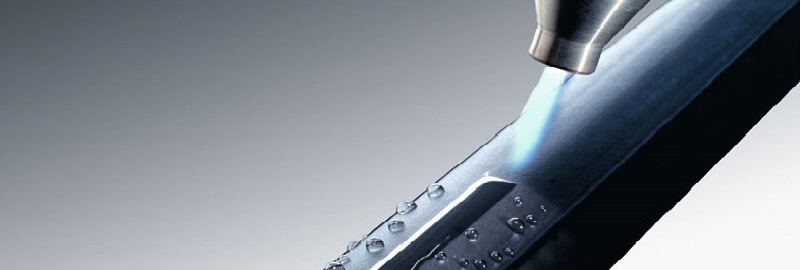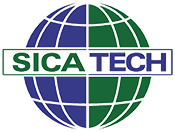Plasma treatment

Plasma treatment – used to change the surface properties of a variety of materials, which improves the adhesion of ink, lacquer and glue. Plasma treatment also cleans and activates surfaces, which improves adhesion.
Plasma treatment (also called air and atmospheric plasma) improves the moisture properties of polymeric materials, rubber, metals, glass, ceramics, coated cardboard, etc. The molecules of these hard-binding materials are modified by the plasma process to provide better adhesion without damaging the surface.
Atmospheric plasma is created by the combination of reactive gas molecules and an electric field. The system uses one or more high voltage electrodes that charge surrounding gas molecules, resulting in a high ionized field forced on the treatment surface. The strongly ionized air stream creates a thermal property that reacts with the substrate and breaks up the existing hydrogen bonds by introducing oxygen and thus restoring the chemical properties of the surface.
The atmospheric plasma process results in increased reaction with the material, resulting in better wettability, stronger adhesion properties, micro breaking surfaces, etc.
Plasma treatment is ideal for three-dimensional plastic parts, thin films, rubber profiles, coated cardboard and thicker materials such as foam and solid sheets. This technique is useful in many industry sectors.
